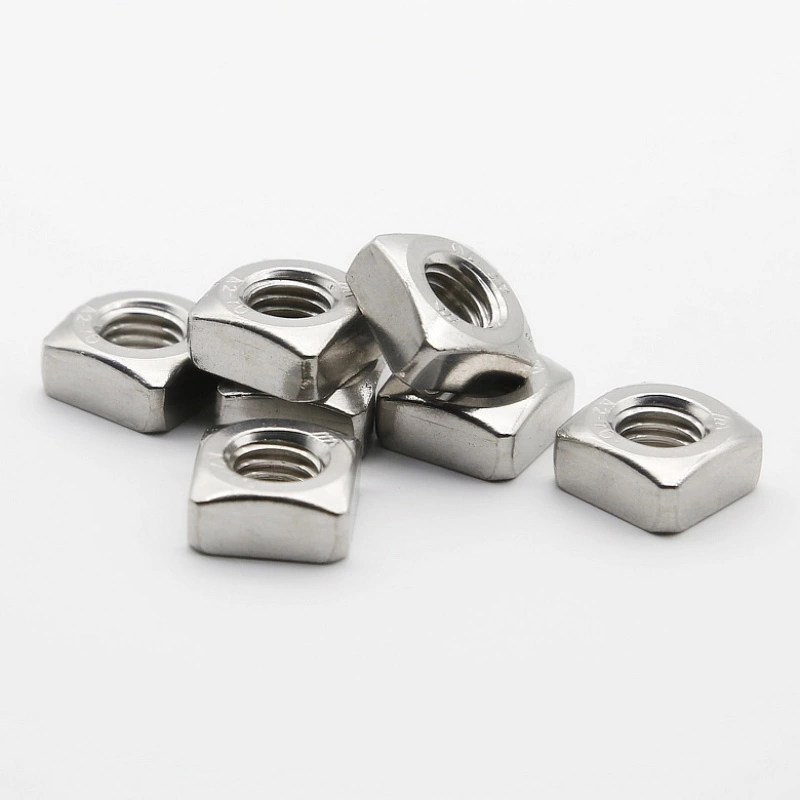

washer and spring washer
10月 . 19, 2024 12:34 Back to list
washer and spring washer
Understanding Washers and Spring Washers Key Components in Fastening Technology
In the fields of engineering and manufacturing, the importance of small components such as washers and spring washers cannot be overstated. These seemingly simple devices play crucial roles in ensuring the stability and longevity of various assemblies. By distributing loads, preventing damage, and allowing for movement, washers and spring washers are integral to the performance of countless mechanical systems. This article delves into the purposes, types, and applications of washers and spring washers, highlighting their significance in industry.
What are Washers?
A washer is a thin plate, usually circular in shape, that is used in conjunction with a bolt or nut to distribute load, prevent damage to surfaces, and reduce friction. The primary function of a washer is to enhance the mechanical connection by providing a stable surface for the bolt or nut to bear against. This is particularly important when fastening materials made of softer metals or plastics that could deform under pressure.
Washers come in various types, each designed for specific applications. The most common types include
1. Plain Washers These are the most basic type of washers, designed primarily for load distribution. They are used in a wide range of applications, from household appliances to industrial machinery.
2. Lock Washers These washers are designed to prevent loosening due to vibration and dynamic loads. They have an irregular shape that digs into the surface of the bolt and nut, which helps to secure the fastener in place.
3. Fender Washers These are larger washers with a larger outer diameter than standard washers. They are used to prevent pull-through of fasteners, especially when fastening thin materials.
4. Shoulder Washers These washers have a built-in shoulder that raises the fastener above the surface. This can help to reduce friction and allows for a smooth pivot point.
What are Spring Washers?
washer and spring washer

Spring washers, a specific type of washer, are designed to apply a constant force to retain a fastener in place. Unlike traditional flat washers, spring washers have a unique shape that enables them to compress, thus providing a spring action. This feature is particularly useful in applications where there are changes in load, vibration, or thermal expansion, which could otherwise lead to loosening.
The most common type of spring washer is the split washer, also known as a tension washer or lock washer. This washer has a split gap and is shaped like a helical spring, applying pressure to the bolt or nut and thereby counteracting the loosening effect of vibrations. Other types include
1. Belleville Washers These conical washers provide significant axial load and can help absorb shock loads in various machinery applications.
2. Wave Washers These washers have a wavy surface and can be used to maintain a specific axial load in applications where space is limited.
3. Conical Spring Washers These washers are designed to ensure consistent pressure over varying loads and are often used in automotive and aerospace applications.
Applications of Washers and Spring Washers
Washers and spring washers are used across many industries, from construction and manufacturing to automotive and aerospace sectors. Their applications include
- Machinery Assembly In machinery, washers help to ensure that bolts and nuts stay in place under varying loads and conditions. - Automotive Vehicles often use spring washers to secure components in engines and suspensions, where vibrations are common. - Electronics In electronics, washers are used to secure circuit components without damaging sensitive materials. - Aerospace The aerospace industry employs specialized washers to ensure reliability and safety at high loads and fluctuating temperatures.
Conclusion
In conclusion, washers and spring washers may appear small and simple, but their impact on mechanical assemblies is profound. They are critical for enhancing the performance and reliability of various systems across multiple industries. Understanding their functions, types, and applications can help designers and engineers make better choices for their assembly needs, ensuring safety and efficacy in their projects. By investing the time to learn about these vital components, one can greatly improve the performance of their products and the integrity of their designs.
Latest news
-
High Strength Shear Bolt Fastenal - Durable Fastener Solutions for Precision Applications
NewsJun.24,2025
-
Similarities and Differences Between Plain Washer and Spring Washer - Fastener Comparison Guide
NewsJun.10,2025
-
Effortless Installation Self-Drilling Window Screws - Fast, Secure, and Durable Fasteners
NewsJun.10,2025
-
Self Drilling Stucco Screws for Fast, Secure Installation Self Tapping & Self-Tapping Fasteners
NewsJun.10,2025
-
Premium Hot Dipped Galvanized Self Tapping Screws - Durable Corrosion Resistance
NewsJun.09,2025
-
Discover M12 Weld Stud Benefits & Applications Guide
NewsJun.09,2025

